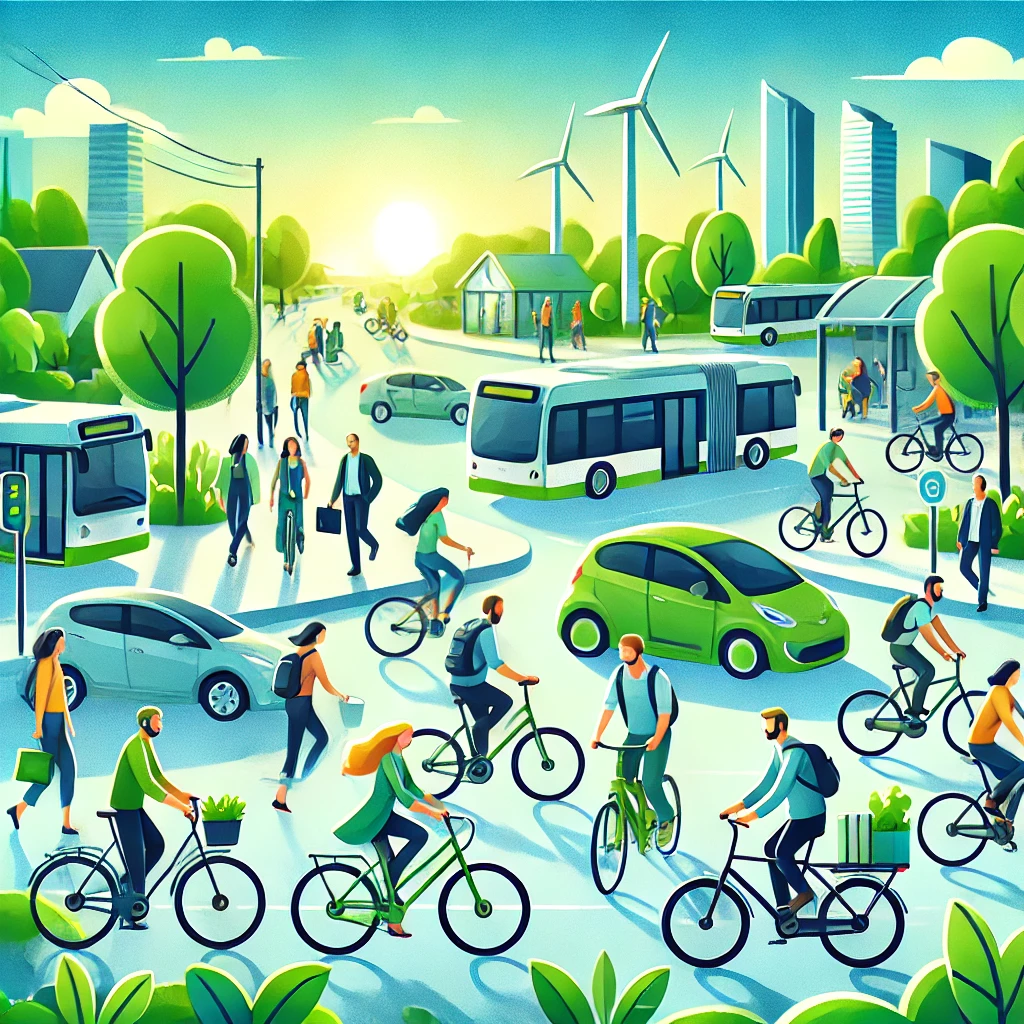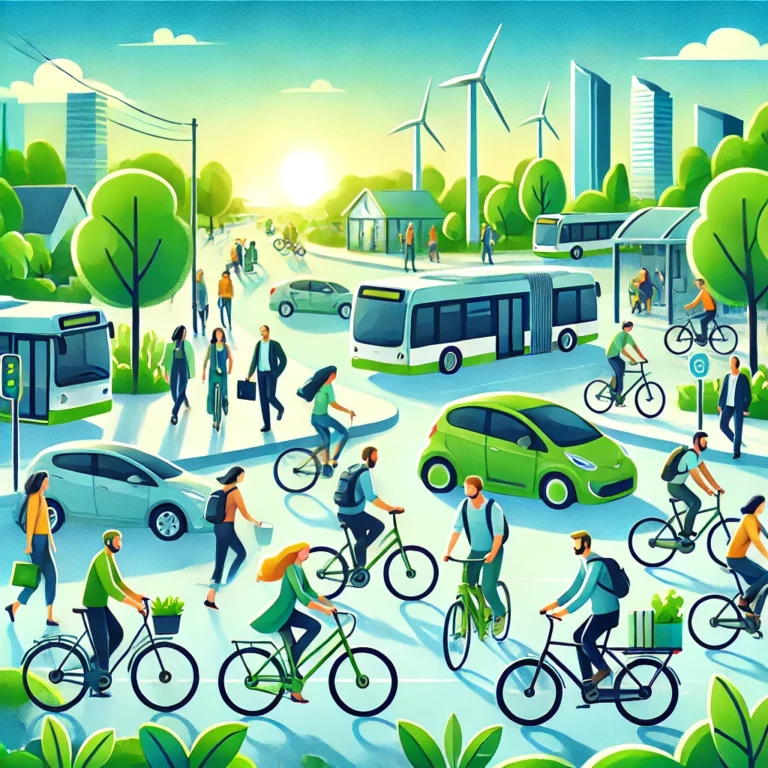Physical Address
304 North Cardinal St.
Dorchester Center, MA 02124
Physical Address
304 North Cardinal St.
Dorchester Center, MA 02124


Eco-friendly commuting is not only good for the planet but also helps reduce costs and improve your well-being. Have you ever thought about how a few small changes to your daily commute could make a big impact on the environment? Today, let’s explore practical, globally relevant tips to make your travels greener and more sustainable.
In an increasingly globalized world, the demand for transportation is higher than ever, with millions relying on cars, buses, trains, and planes to get to work, school, or other daily commitments. Unfortunately, traditional commuting methods contribute significantly to carbon emissions, air pollution, and even traffic congestion, impacting the quality of life and the environment.
According to the United Nations Environment Programme (UNEP), the transportation sector is responsible for nearly one-quarter of global greenhouse gas emissions, mainly from cars and other road vehicles. Finding greener alternatives for your commute can help reduce your carbon footprint while also encouraging cities to adopt more sustainable transportation solutions.
Whether you live in a bustling city or a quiet town, here are five eco-friendly commuting options that are easy to adopt and beneficial for the environment.
If your destination is within walking or biking distance, consider ditching the car. Walking or cycling not only reduces emissions but also improves your health and saves you money on fuel and parking. In countries like the Netherlands, cycling is a major mode of transport, and it has drastically reduced urban traffic and pollution.
Sarah from Amsterdam swapped her daily drive for a bike ride to work, saving her over $50 per month in parking fees while enjoying a daily dose of exercise.
Public transport, such as buses, trains, and trams, can significantly cut down on emissions by reducing the number of individual cars on the road. In places with extensive public transport networks, like Japan or Germany, commuters often rely on trains to get to work efficiently and sustainably.
Carbon offset programs are also available for some public transit systems, allowing you to compensate for any emissions involved in your travel.
Carpooling is another excellent way to lower your carbon footprint. By sharing rides, fewer cars are on the road, reducing emissions and lowering traffic congestion. Apps like BlaBlaCar and Waze Carpool make it easy to connect with others looking to share a ride.
In San Francisco, a group of co-workers decided to carpool three times a week, cutting their combined emissions by nearly 30%. This also gave them a chance to save on fuel costs while building a stronger team bond.
If you rely on a personal vehicle, consider investing in a fuel-efficient or electric car. Electric vehicles (EVs) emit no tailpipe pollutants, making them a cleaner option. Some countries, like Norway, offer tax incentives for purchasing EVs, encouraging a shift toward greener transportation. Even hybrids can make a positive impact by reducing fuel use and emissions.
Learn more about fuel-efficient vehicles from the EPA to find models that suit your lifestyle and budget.
Combining multiple errands or appointments into one trip can save time, money, and fuel. Instead of making several separate trips, plan your route to hit all your stops efficiently. This simple habit can lower emissions by reducing the number of trips you make.
John, a father from Toronto, started combining his weekly grocery shopping with other errands, reducing his trips by 25% and saving on fuel costs.
Maria, a teacher in Barcelona, used to drive to work every day. Realizing the impact on her wallet and the environment, she began using a combination of public transit and biking. Not only did she cut her commute emissions in half, but she also saved over $100 per month. Her new routine inspired her school to introduce a bike-to-school day, promoting eco-friendly commuting among students and staff.
Have you ever tried making your commute greener? Small steps, such as walking, carpooling, or switching to public transit, can lead to big changes in your carbon footprint and inspire others to do the same.
So, what are your favorite eco-friendly commuting tips? Whether you’re just starting your journey to a greener life or looking for new ways to be sustainable, remember that every small effort counts. Try one of these tips today, and let’s make commuting a force for good.